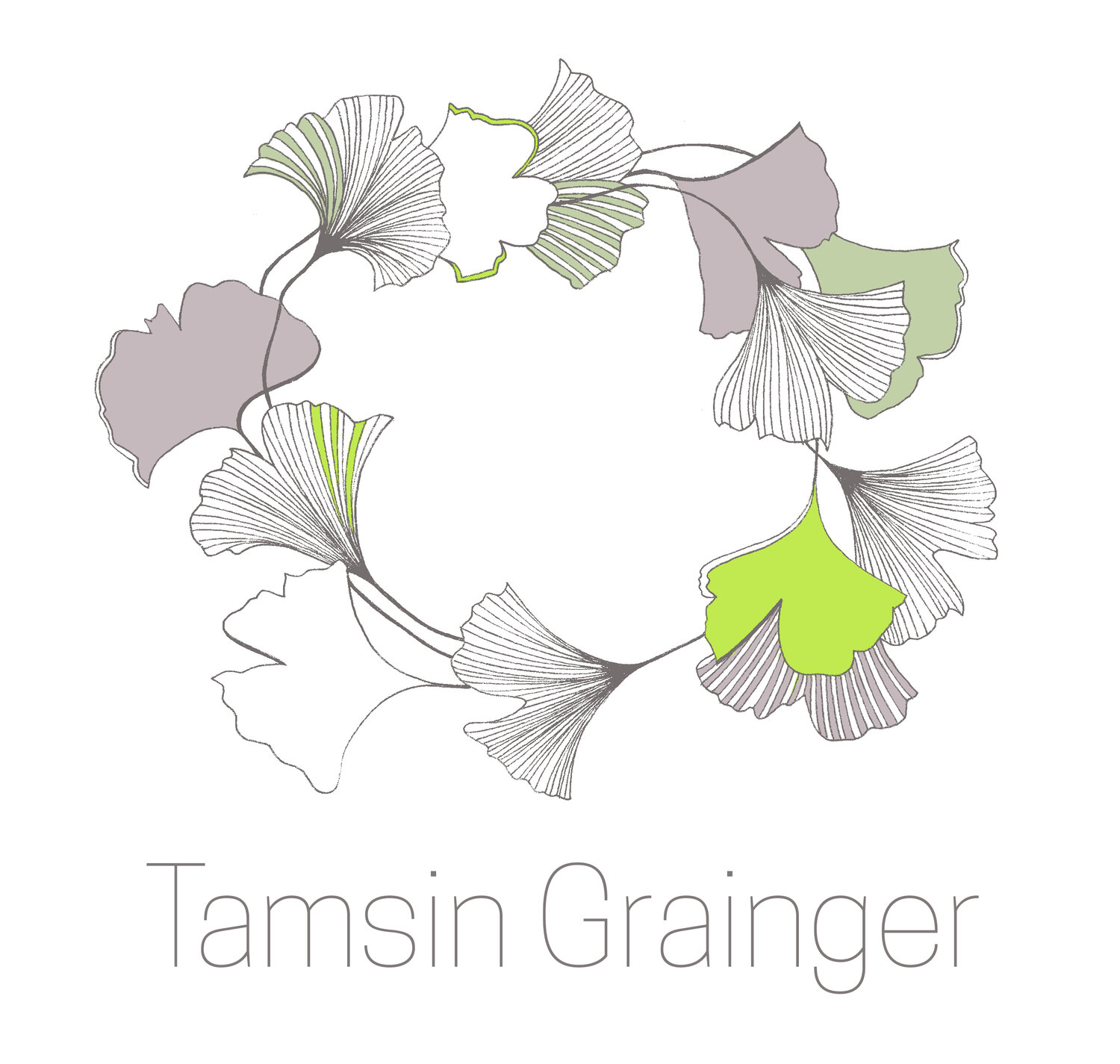The benefits of this exercise
This exercise will improve your lung capacity. You will feel that you can start to take deeper breaths. It is both preventative, and helpful if you already have a lung issue. It is useful for those with lung cancer, asbestosis, pulmonary fibrosis and similar. It is also excellent for those who suffer from depression, stiff shoulders and upper back, are grieving, and who want to feel that they can embrace life more.
It can be performed anywhere as long as you have the room to open your arms to the sides, although it is effective when done on the top of a hill where the air is fresh, or by the sea.
Please note that: You can do it sitting down or even lying with very good results.
Preparation position
Preparation
Stand with your feet hip width apart, toes facing forward and heels back. Imagine you are sitting back slightly as if on a tall stool making a gentle bend in the hips and tipping forwards a little
Your arms hang by your sides, but with a little gap under the armpits to allow for breathing into the sides of the body.
Focus on the soles of your feet for a few moments, imagining you are on sinky, soft sand.
Focus on the top of your head, as if someone is gently pulling a thread which is attached to the highest point of your head, upwards.
Look straight ahead.
Breathe smoothly.
Do not take deeper breaths than is comfortable! Breathe the way you like to and match the movement to your breath. If you breathe quickly, your arms will move more quickly than if you breathe slowly. It is effective either way and you might find that your breathing slows down as you are doing it or after you have practised for a while.
Starting position
Starting position
After a bit, bring your arms and hands up to chest height, as if you are hugging a great tree, but fingertips don't quite touch.
Your palms face your chest.
Inhale and let the breath which fills your lungs be the impetus for your arms to open, thumbs leading, palms upwards, like doors opening to the sides of you.
As your arms reach the sides (still at shoulder height), you will be able to see your hands in your peripheral vision at the same time as looking ahead. Don’t let the arms open so much that you cannot see them (in other words you don’t stretch the chest, and the shoulder blades hardly come together at the back).
This movement lasts for the length of that (slow) inhalation.
Breathe in and open the arms
Then exhale and slowly sweep the arms back towards the beginning position, palms down, forefingers leading.
That is, inhale to open the arms and exhale to close them.
The end position is the same as the starting one.
“If you start to cough or feel tired please stop and try again later when you have recovered. It may be a sign that you are doing too many or that you need to adjust your speed or do it sitting down instead of standing. Adjust all of these things to suit you!”
You are a great swan
Imagine that you are a great swan standing up on the water and flapping your white wings.
Overall, it is a very subtle and gentle exercise. There should be no strain or sense of stretching at all.
It is an internal, energy exercise, and a very different thing from yoga.
How often do I do it?
Repeat 5 times every morning. There is no need to do more for the first few weeks. Then you can increase if you like it.
Here is a link to a video where I demonstrate the five element chi gung exercises. This lung strengthening exercise is the first one demonstrated and it has an added finger position. The arms open as above. Just as you are about to sweep the arms back in, you can join together the thumb and forefinger tips (the ends of the lung and large intestine meridians) and then bring them towards your chest before extending the elbows to arrive back at the starting position and releasing the fingers.
The photographs are taken from my new book Working with Death and Loss in Shiatsu Practice, a guide to holistic bodywork in palliative care
My colleague Sally Ibbotson is a good chi gung teacher based in London.
Thanks to the National Wildlife Federation for the crane picture below.
Sandhill crane





